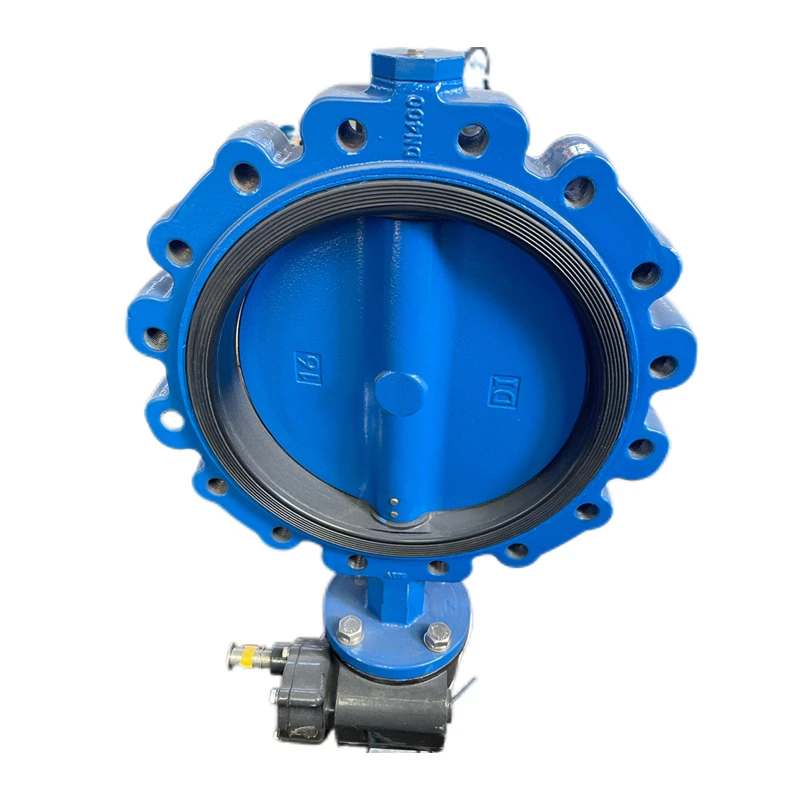دېكابىر . 11, 2024 11:17 Back to list
os & y gate valve
Understanding the OS & Y Gate Valve A Comprehensive Overview
In the realm of industrial piping systems, the OS & Y gate valve occupies a critical role in controlling flow and preventing backflow in various applications. The acronym OS & Y stands for Outside Screw and Yoke, which characterizes the valve's unique design and operating mechanism. This article will delve into the features, advantages, applications, and maintenance of OS & Y gate valves.
Design and Working Principle
The OS & Y gate valve is specifically designed with the stem located outside the valve body, coupled with a yoke that provides stability and mechanical advantage during operation. The valve consists of a disc (or gate) that moves linearly within the valve body to open or close the flow passage. When the valve is fully opened, the disc lifts completely out of the flow path, resulting in minimal resistance and ensuring optimal flow. Conversely, when the valve is closed, the disc seats firmly against the body to create a tight seal.
One of the standout features of the OS & Y gate valve is its ability to indicate whether the valve is open or closed. The position of the stem, which is visible outside the valve, clearly shows the operational status. This design offers a significant advantage in systems where visual inspection is necessary for operational safety and efficiency.
Advantages of OS & Y Gate Valves
1. Reliable Sealing Performance OS & Y gate valves provide excellent sealing capabilities due to the tight contact between the disc and the seat. This characteristic makes them ideal for applications where a complete shutdown of flow is necessary.
2. Minimal Flow Resistance When fully opened, the OS & Y gate valve allows fluid to flow with minimal obstruction, ensuring efficient system performance, especially in supply lines.
3. Durability Typically made from robust materials such as cast iron, stainless steel, or bronze, OS & Y gate valves are designed to withstand high pressure and temperature variations, making them suitable for demanding environments.
4. Ease of Operation The outside screw mechanism allows for smooth operation, making it easier for operators to open or close the valve. The yoke supports the stem, reducing the torque required to operate the valve.
Applications
os & y gate valve

The OS & Y gate valve is widely utilized across various industries, including
- Water and Wastewater Management These valves play a vital role in controlling the flow of water and wastewater within treatment facilities and distribution systems.
- Oil and Gas In pipelines transporting crude oil, natural gas, and refined products, OS & Y gate valves help manage fluid flow and provide reliable isolation when required.
- Chemical Processing The durability and sealing performance of OS & Y gate valves make them suitable for handling corrosive and hazardous substances in chemical plants.
- Fire Protection Systems OS & Y gate valves are often used in fire suppression systems to control water supply and ensure quick access during emergencies.
Maintenance Considerations
While OS & Y gate valves are designed to be durable, regular maintenance is essential to prolong their lifespan and ensure optimal performance. Here are some key maintenance tips
- Inspection Routine inspections should be conducted to check for signs of wear, corrosion, or leaks at the joints and seals.
- Lubrication The stem and yoke mechanisms should be lubricated periodically to facilitate smooth operation and prevent seizing.
- Testing Regularly testing the valve by opening and closing it helps ensure that it functions correctly when needed.
In conclusion, the OS & Y gate valve is a reliable and efficient choice for various industrial applications. Its unique design, combined with its robust sealing capabilities and ease of operation, makes it an essential component in fluid control systems. By understanding its advantages and implementing proper maintenance practices, users can ensure that OS & Y gate valves perform at their best, contributing to the overall efficiency and safety of industrial operations.
Share
-
Reliable Wafer Type Butterfly Valves for Every IndustryNewsJul.25,2025
-
Reliable Flow Control Begins with the Right Ball Check ValveNewsJul.25,2025
-
Precision Flow Control Starts with Quality ValvesNewsJul.25,2025
-
Industrial Flow Control ReliabilityNewsJul.25,2025
-
Engineered for Efficiency Gate Valves That Power Industrial PerformanceNewsJul.25,2025
-
Empowering Infrastructure Through Quality ManufacturingNewsJul.25,2025